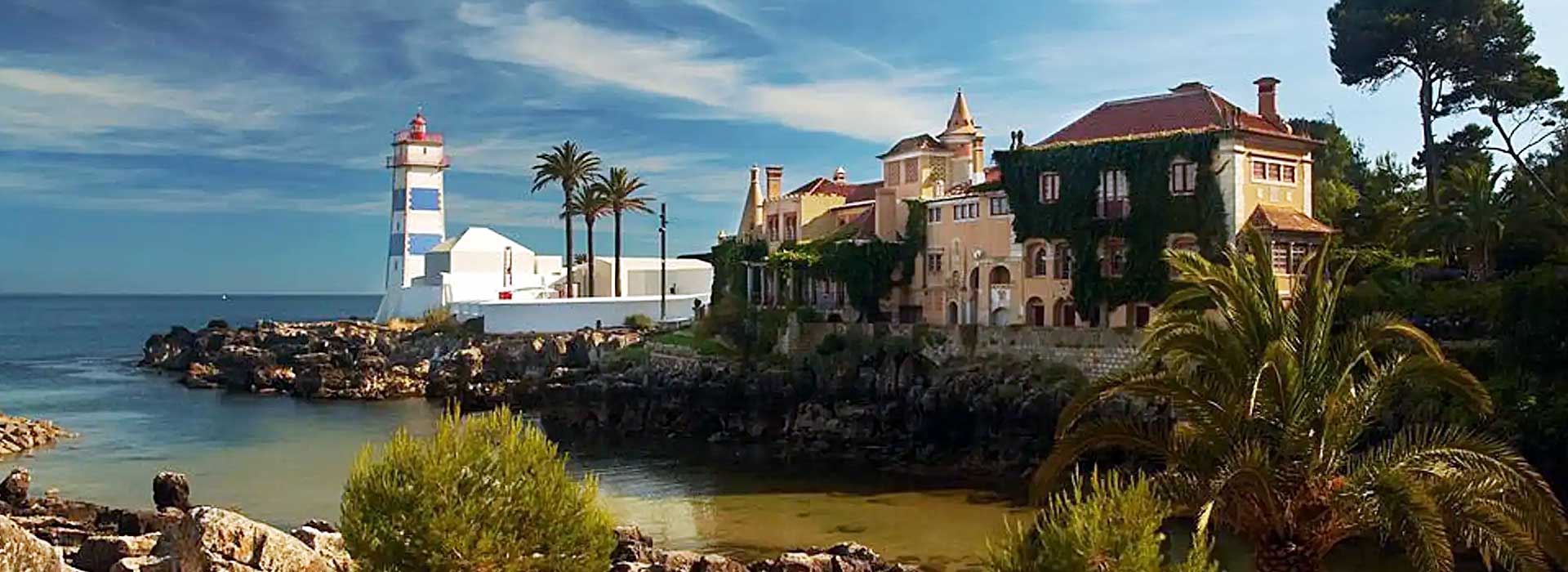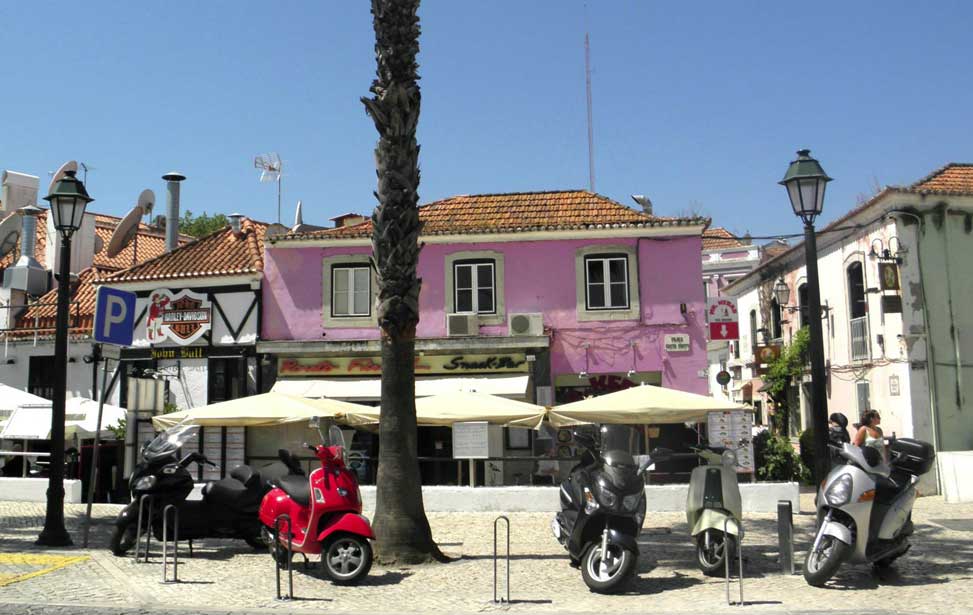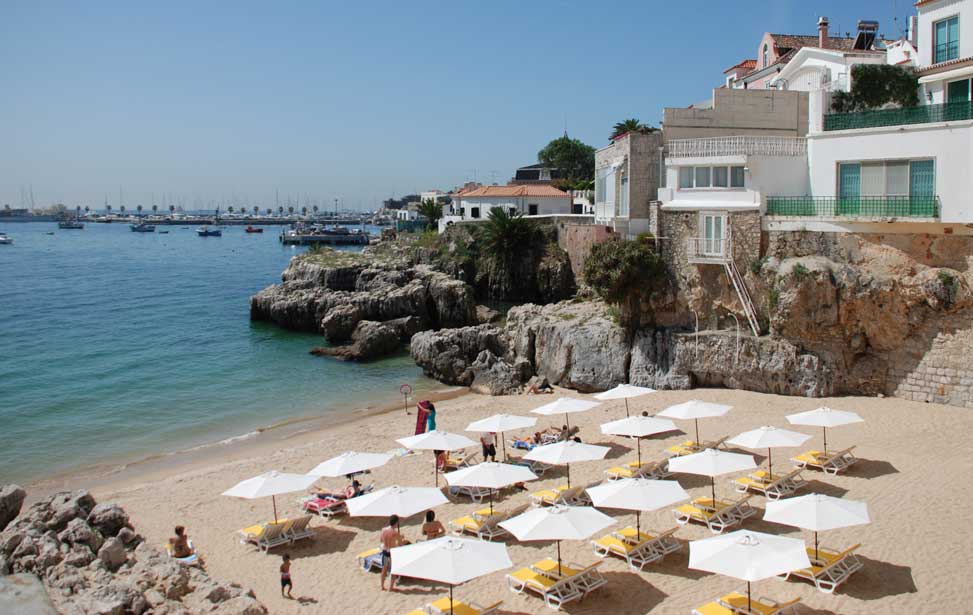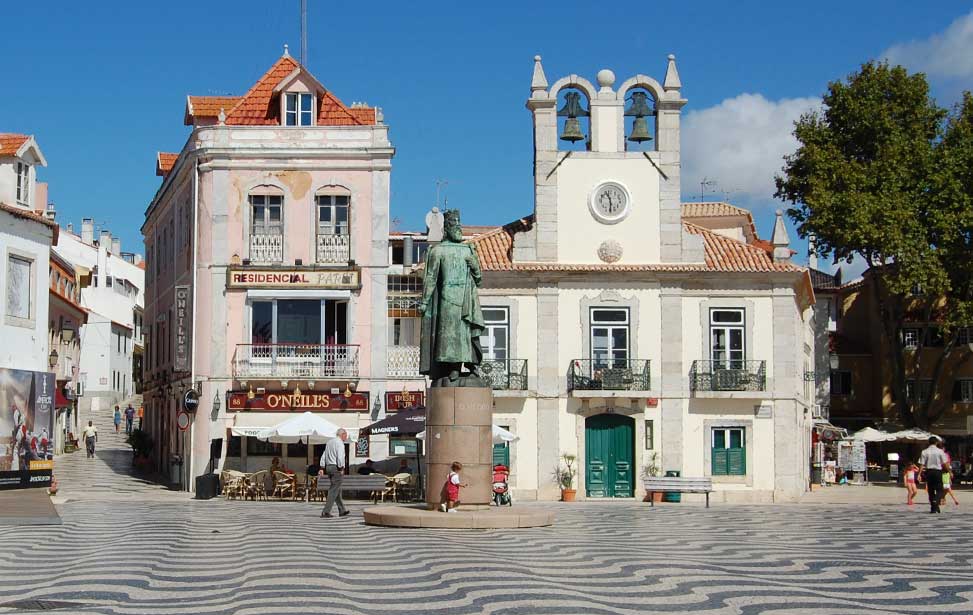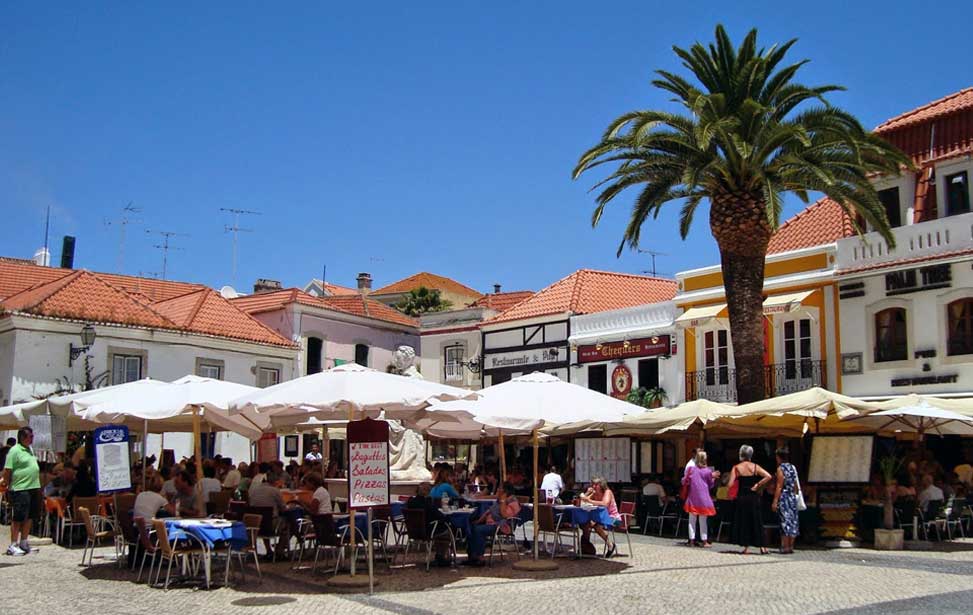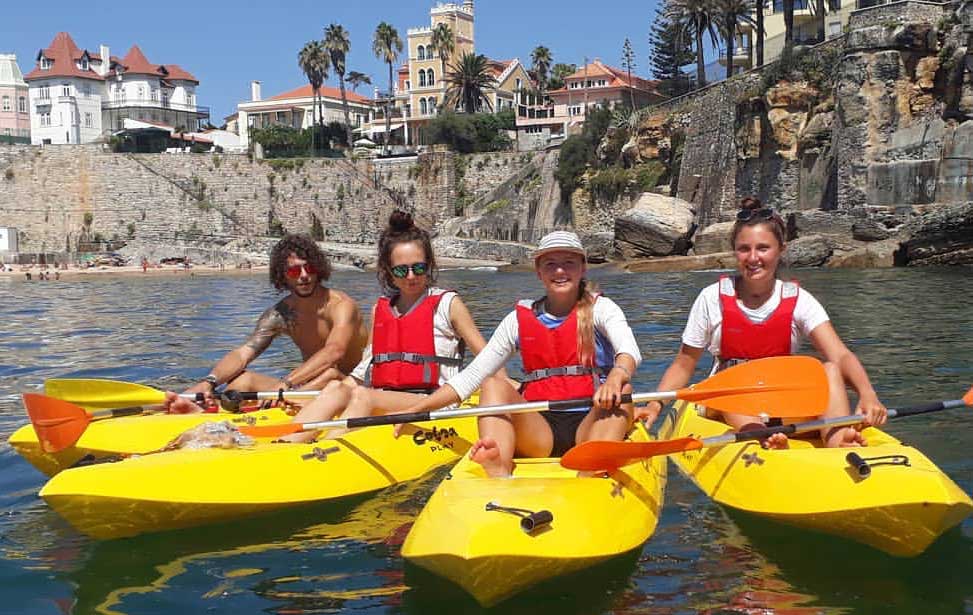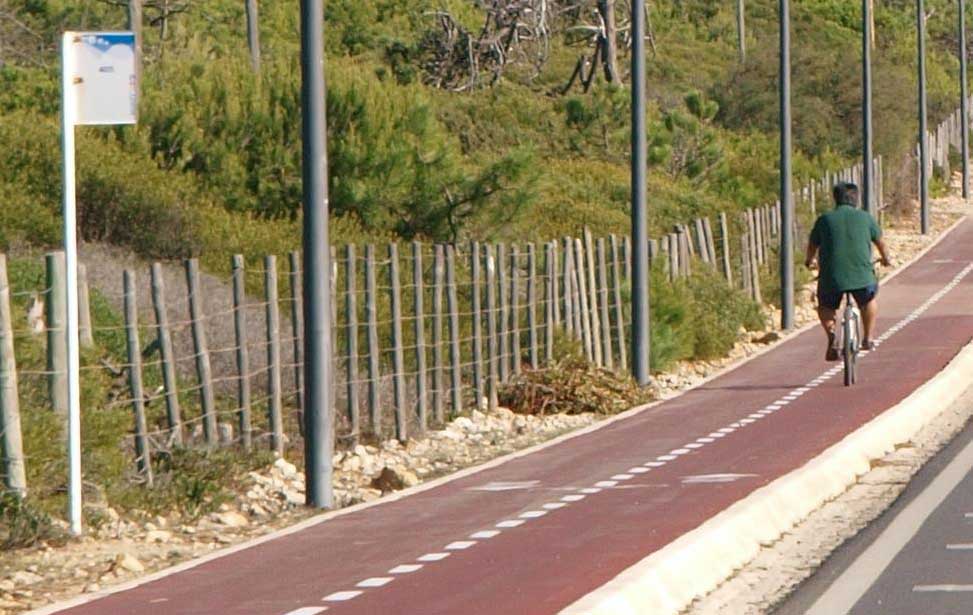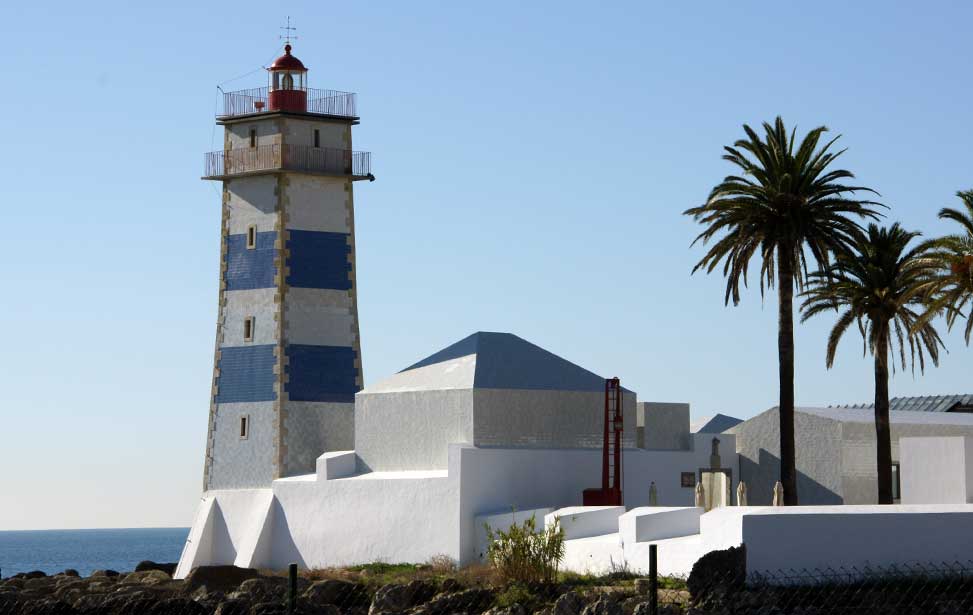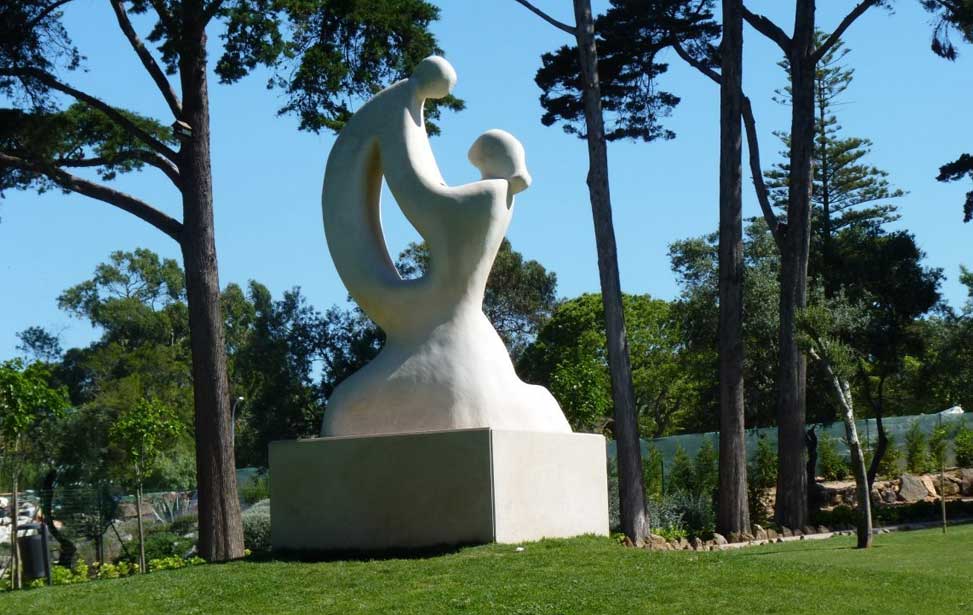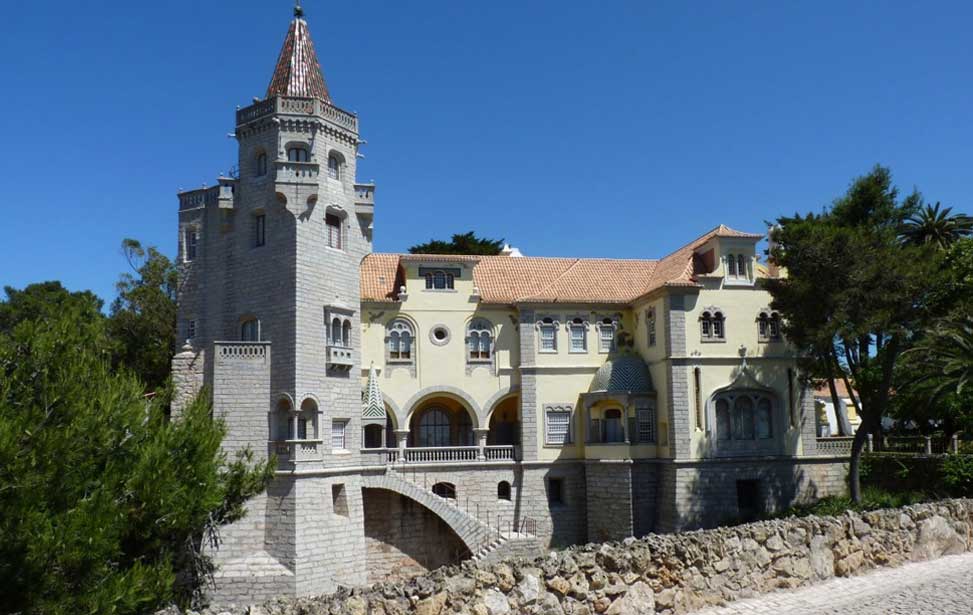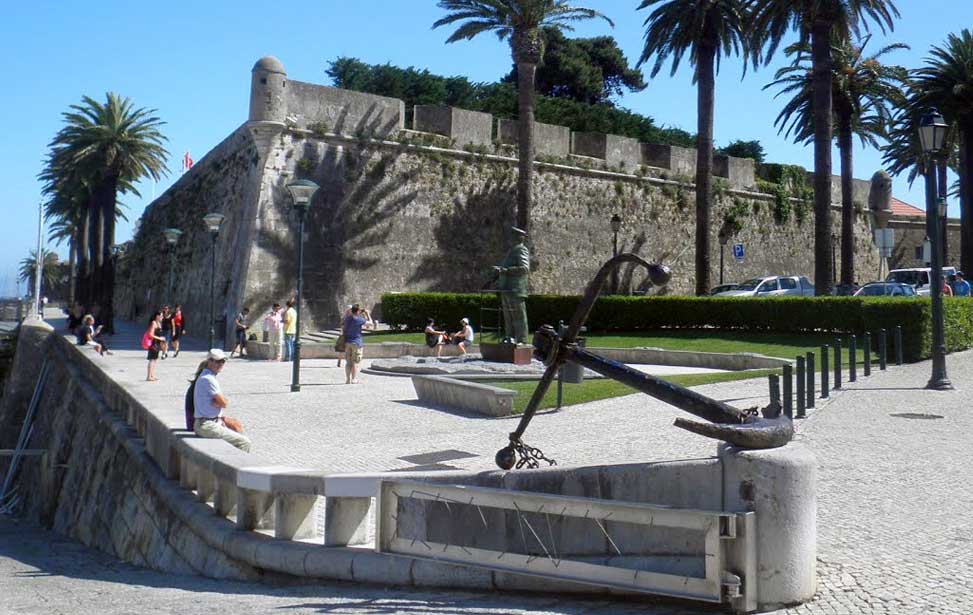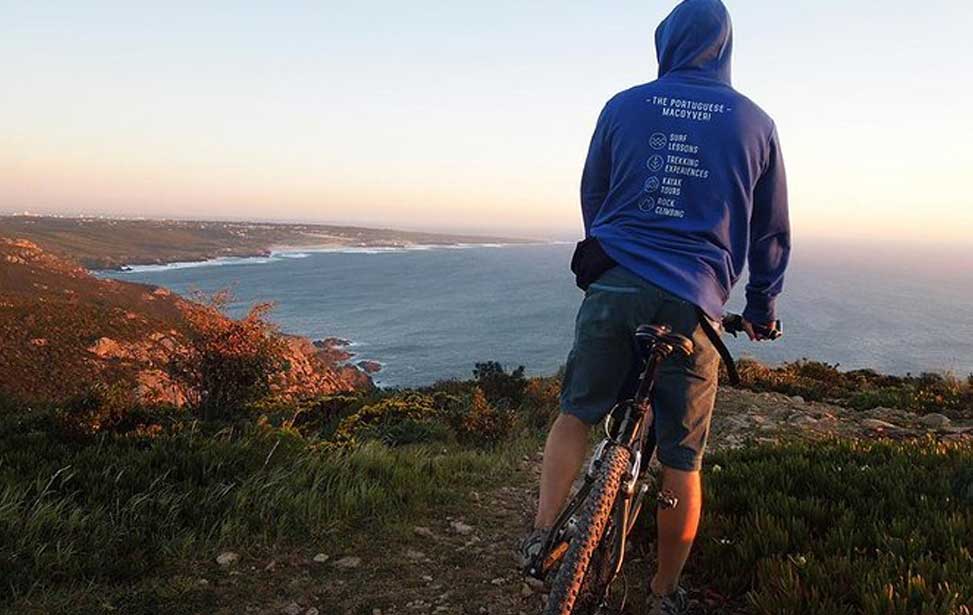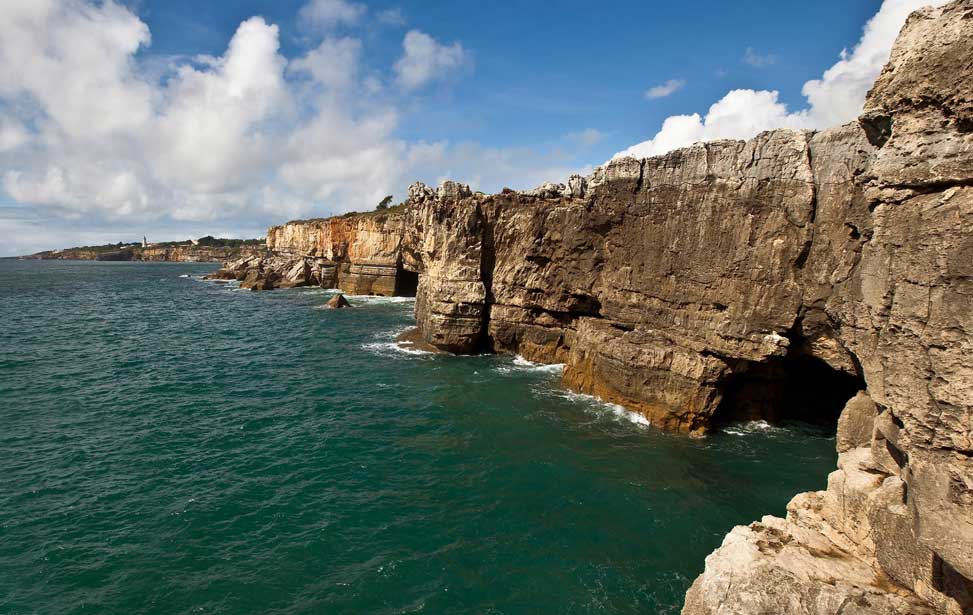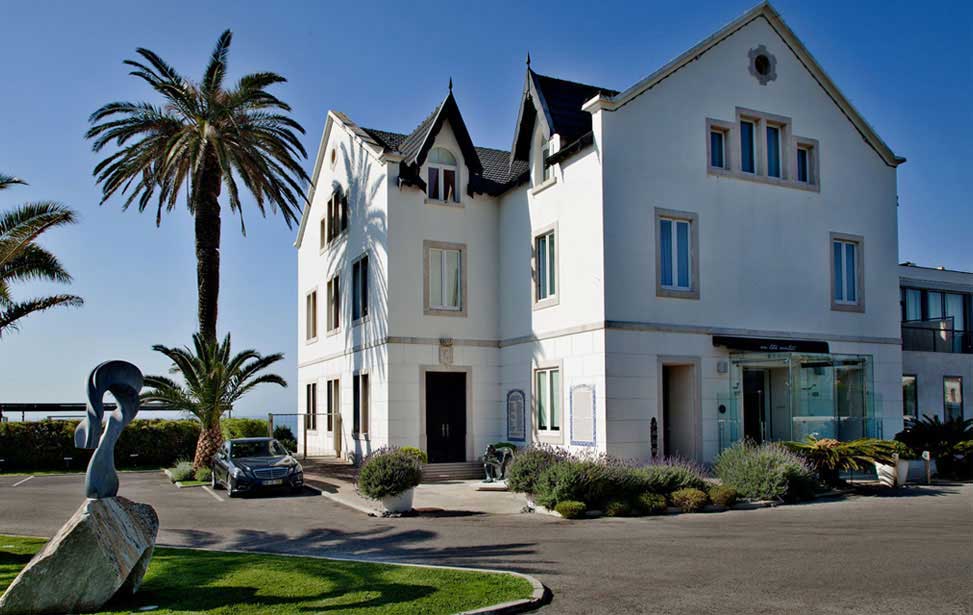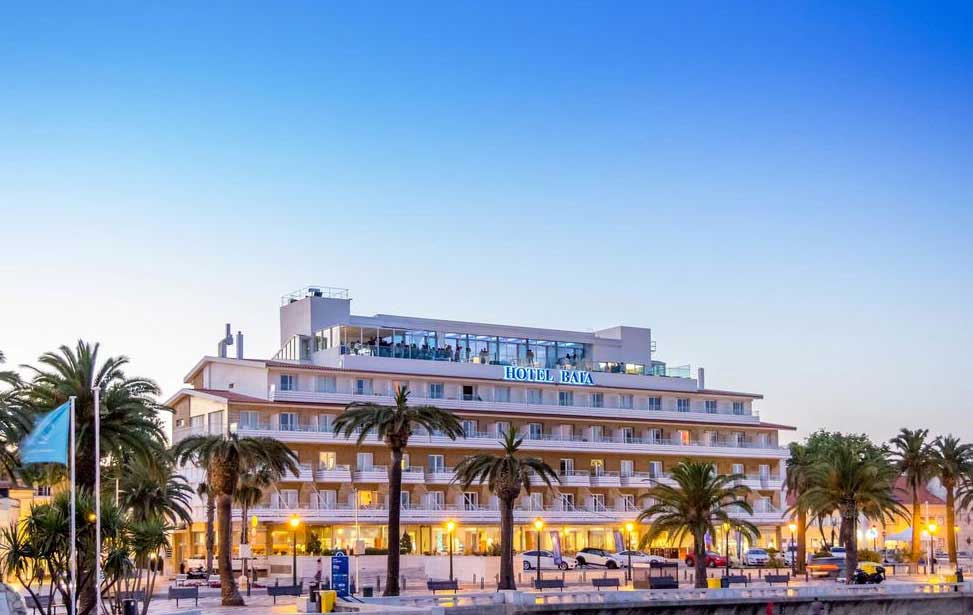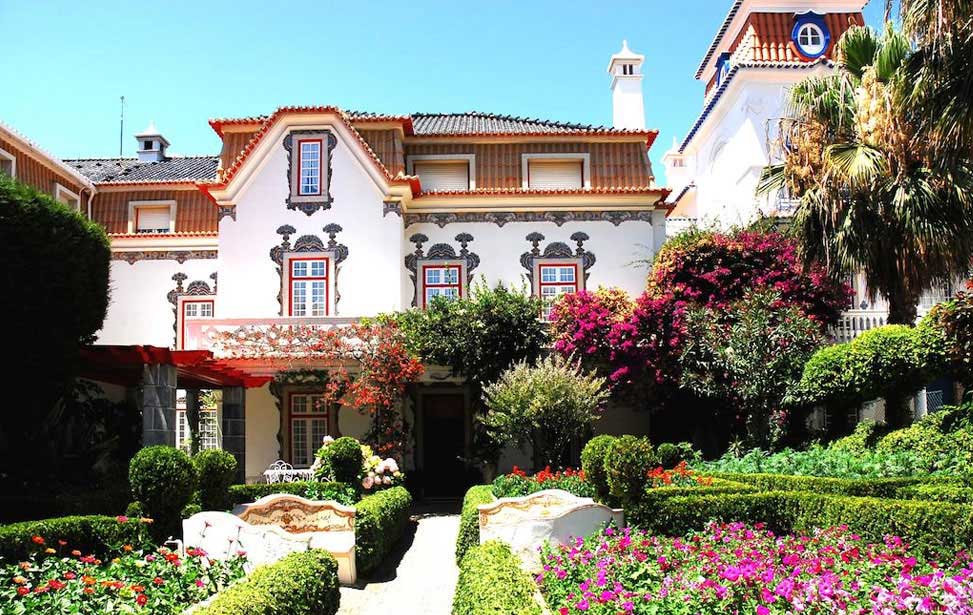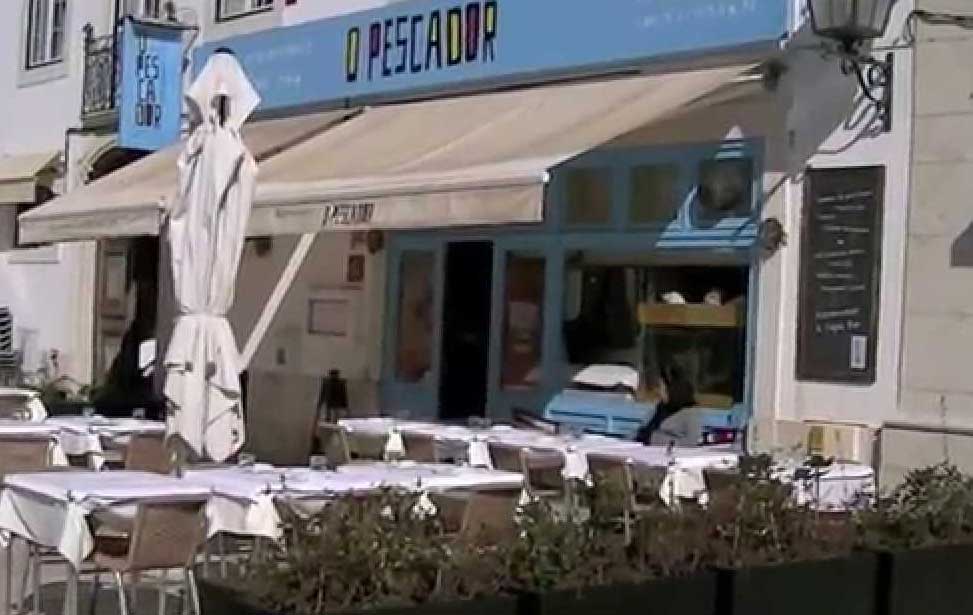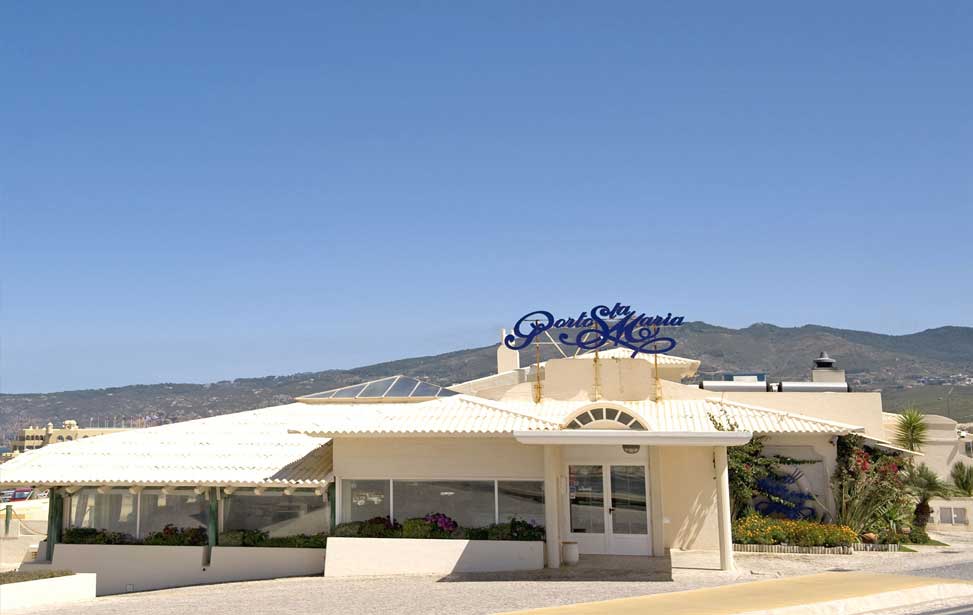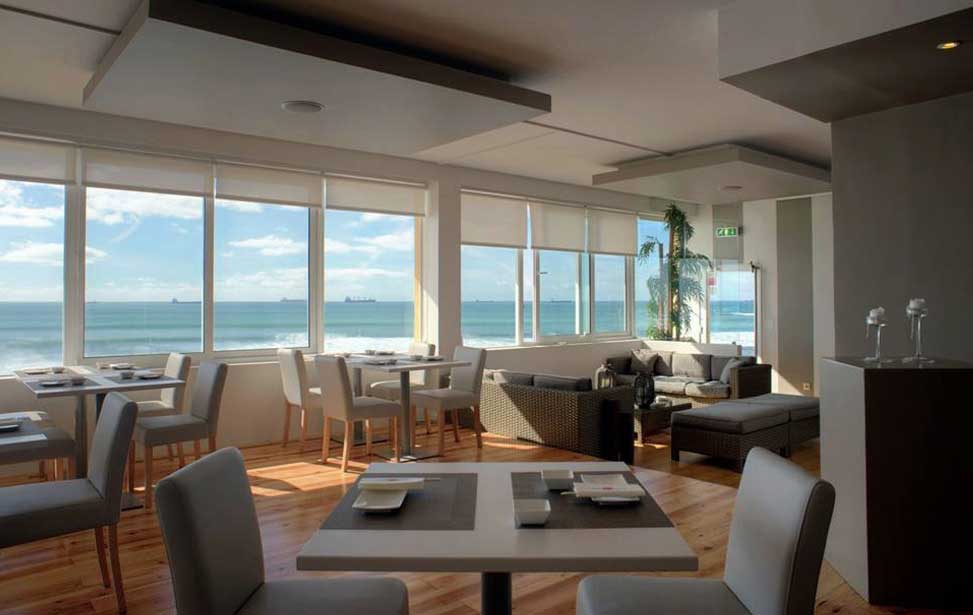CASCAIS
24 km (15 miles) west of Lisbon along the coast is the popular resort of Cascais. Its abundance of sporting and recreational facilities, shops and restaurants draws visitors from the capital. The Serra de Sintra helps shelter this stretch of the Costa Estoril from Atlantic winds. Cascais was the resort most favoured by European nobles and royalty during the early 20th century and the location of choice for their summer homes. Once a fishing village the old town retains its elegance and charm with its narrow streets, numerous eateries and an altogether cosmopolitan feel. Its beaches appeal to sun worshipers of all ages, its marina brings the yachtsmen, on the more exposed coast, the swell tempts the surfers, the restaurants lure those who want to try the catch of the day and the shops entice those looking for a memento to take home.





